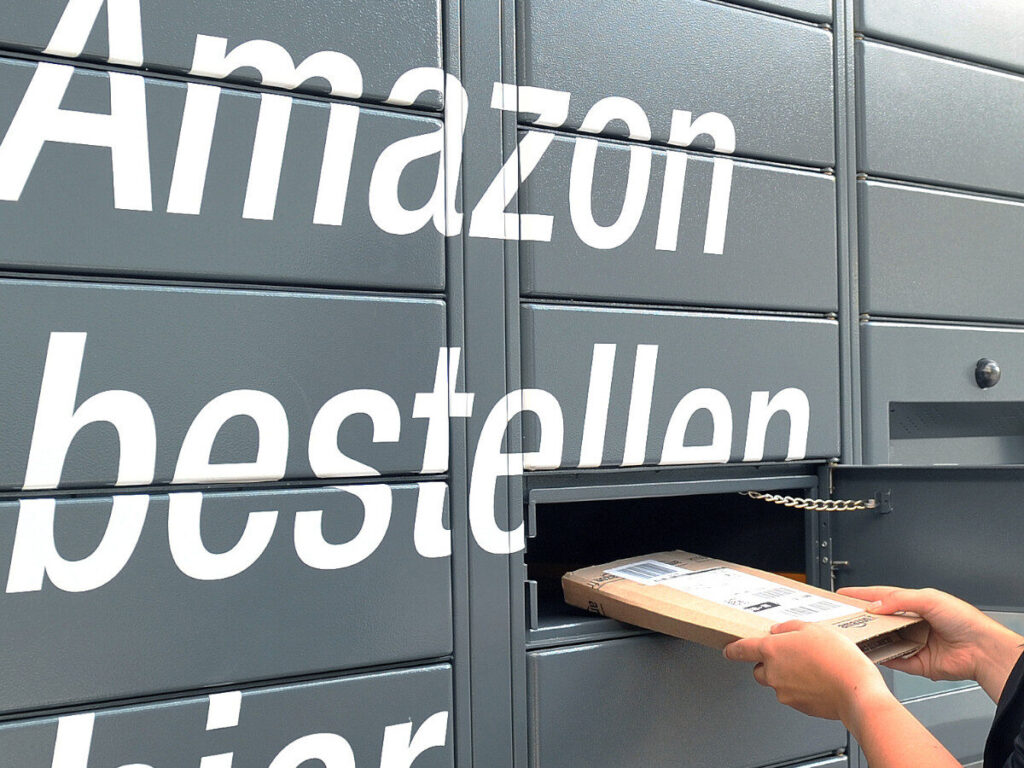Phishing attacks on Amazon customers continue to increase in early August. At least three different emails are currently in circulation. Education and a healthy dose of mistrust are the best protection . But there is another, efficient protection mechanism.

TABLE OF CONTENTS
1 Phishing Emails: How It Works
2 Large-scale attack on Amazon users
3 This is how you protect yourself from phishing emails
4th Two-factor authentication as a panacea
In the past few weeks, the consumer advice center in North Rhine-Westphalia has published a whole series of phishing emails. These differ in form and content, but were allegedly all sent by Amazon and have only one goal: to access sensitive user data and in this way to gain access to Amazon accounts.
PHISHING EMAILS: HOW IT WORKS
The procedure for phishing attacks is usually as follows: You receive an email asking you to confirm or update your own user data. However, the message did not come from the respective company – in this case Amazon – but from fraudsters. These exploit the ignorance of the users to gain access to the accounts with the help of the user data and to loot them. For example, all you have to do is change the delivery location in your Amazon account and the digital shopping spree can begin.
LARGE-SCALE ATTACK ON AMAZON USERS
In principle, such phishing attacks are anything but rare. What is special at the moment is the sheer volume of different Amazon e-mails that were leaked to the consumer advice center in North Rhine-Westphalia within a few weeks. But of course Amazon customers do not exclusively hold the position of potential victims. Also PayPal – Volksbank and DKB customers are also currently facing similar emails and have to watch it.
THIS IS HOW YOU PROTECT YOURSELF FROM PHISHING EMAILS
In summary, the solution to the problem is: watch out. But what should you watch out for? First of all, it’s the return address. If this does not come from Amazon and Co., this is a clear indication. Alternatively, you should also pay attention to a direct customer approach and spelling and grammatical errors. The quality of phishing e-mails has increased significantly in recent years, but these are still not often error-free. In addition, a time limit can also serve as an indication. For example, it is unlikely that Amazon will only give its customers 24 hours before the US mail order company blocks their accounts.
Tip: If you are unsure, clicking on the link in the email is not recommended. Instead, you can log in directly to the provider’s website and check the messages received there, if necessary.
TWO-FACTOR AUTHENTICATION AS A PANACEA
In addition to the measures discussed so far, what is known as two-factor authentication should always be set up whenever possible. This is a double login protection that prevents fraudsters from being able to log in without access to your phone or your email address, for example. Not even if they are in possession of your login data.
On Amazon, two-factor authentication can be set up under “My Account”> “Login and Security”> “Settings for Two-Step Verification (2SV)”.


